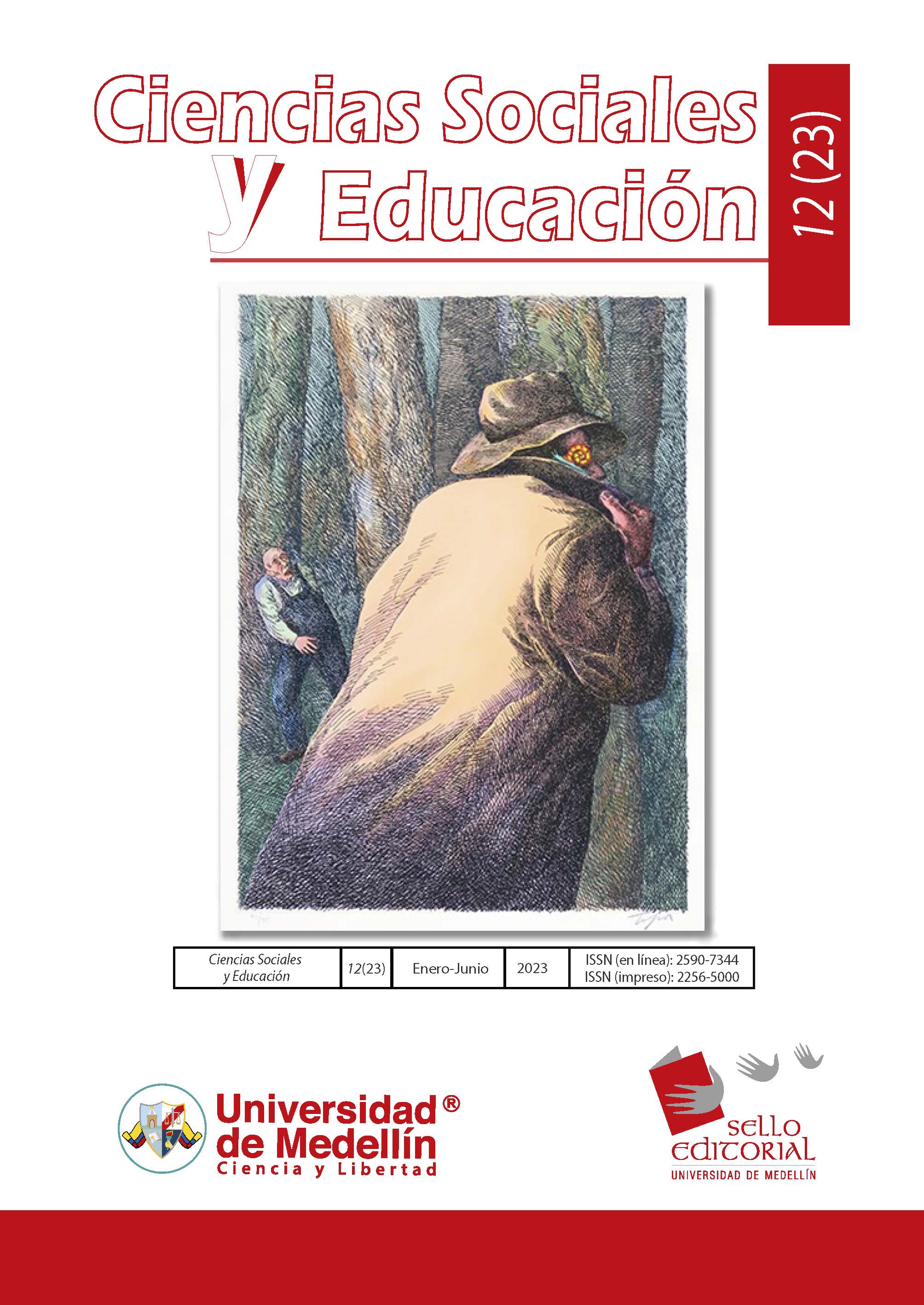On the normative paradigm of sworn translation in the field of law
Main Article Content
Abstract
In the 1920s the Polish legislature adopted a whole range of normative acts focused on the protection of the Polish language and on sworn translators practicing in official contexts. In accordance with statutory law, since 2004 sworn translators have been considered a profession commanding public trust. Among the many professional duties associated with sworn translators’ performance, the regulations emphasize the duty to translate both spoken discourse and written texts with precision and faithfulness, and make sworn translators liable to disciplinary sanctions for poor quality work. The principles and rules for practicing the profession of sworn translator are enumerated in the Professional Sworn Translator’s Code of 2018.
Article Details
References
Bielska-Brodziak, A. (2006). Zarzut 'błędnej wykładni' [Allegation of 'mistaken interpretation'], Ruch Prawniczy, Ekonomiczny i Socjologiczny, 1, pp. 69-79. Disponible en repozytorium.amu.edu.pl [consultado el 05 de agosto de 2019].
Brożek, B. (2006). Derywacyjna koncepcja wykładni z perspektywy logicznej [The derivative concept of juristic interpretation in a logical perspective], Ruch Prawniczy, Ekonomiczny i Socjologiczny, 68(1), 81-92. https://repozytorium.amu.edu.pl/handle/10593/6188
Brzeziński, B. (2017). Wykładnia prawa podatkowego, [Interpretation of tax law] Część I Wykładnia językowa w prawie podatkowym, [diapositivas, sin fecha]. Disponible en law.uj.edu.pl [consultado el 17 de agosto de 2019].
Corte Suprema de Polonia. (1993, 8 de enero). III ARN 84/92 - Wyrok [Sentencia III ARN 84/92].
Corte Suprema de Polonia. (1995, 20 de junio). Wyrok SN - III ARN 22/95 [Sentencia III ARN 22/95]. https://prawo.money.pl/orzecznictwo/sad-najwyzszy/wyrok;sn;izba;pracy;ubezpieczen;spolecznych;i;spraw;publicznych,ia,iii,arn,22,95,480,orzeczenie.html?szukaj=wyrok
Czepita, S. (2017). O pojęciu czynności konwencjonalnej i jej odmianach [On the concept of a conventional act and its types]. Ruch Prawniczy, Ekonomiczny i Socjologiczny, 79(1), 85-102. https://doi.org/10.14746/rpeis.2017.79.1.7
Dworkin, R. (1986). Law’s Empire. Fontana Press.
International Organization for Standardization (ISO). (2015, 1 de mayo). ISO 17100. Translation services - Requirements for translation services. https://www.password-europe.com/images/PWE/PDF/ISO-17100-2015.pdf
International Organization for Standardization (ISO). (2019, 3 de octubre). ISO 21999. Translation quality assurance and assessment ' Models and metrics.
International Organization for Standardization (ISO). (2020, abril). ISO 20771. Legal translation - Requirements.
Komsta, J. (2017). Marriage - related legal concepts in English translations of the Polish Family and Guardianship Code - translation challenges. Lingua Legis, (25), 135-157. https://lingualegis.ils.uw.edu.pl/index.php/lingualegis/article/view/27
Król, M. Z. (2018). O tÅ‚umaczach przysiÄ™gÅ‚ych oraz tÅ‚umaczeniach przysiÄ™gÅ‚ych w dziedzinie prawa [On sworn translators and sworn translation in the legal domain]. Rejent, (10), 102-118.
Król, M. Z. (2020). On the Normative Paradigm of Sworn Translation in the Realm of Law. Research in Language, 18(3), 299-318. https://doi.org/10.18778/1731-7533.18.3.04
Kubacki, A. D. (2008). Odpowiedzialność zawodowa tłumaczy przysięgłych [Professional Liability of Sworn Translators and Interpreters]. En P. Nowak y Paweł Nowakowski (eds.), Język, Komunikacja, Informacja. T. III [Language, Communication, Information] (pp. 149-161). Sorus. https://jki.amu.edu.pl/?pl_2008-tom-iii,3
Lang, W., Wróblewski, J. y Zawadzki, S. (1986). Teoria paÅ„stwa i prawa [The theory of state and law], 3ra edición. PWN.
Morawski, L. (2014). Zasady wykÅ‚adni prawa [The Principles of Legal Interpretation], 3ra edición. TNOiK.
Nida, E. (1964). Toward a Science of Translating with Special Reference to Principles and Procedures Involved in Bible Translating. E. J. Brill.
Nida, E., y Taber, C.-R. (1982). The Theory and Practice of Translation. E. J. Brill.
Kazimierz, O. y Wróblewski, J. (1969). Zagadnienia teorii prawa [Issues in the Theory of Law]. PWN.
Nowak, P. y Nowakowski, P. (eds.). (2008). Język, Komunikacja, Informacja. T. III [Language, Communication, Information]. Sorus. https://jki.amu.edu.pl/?pl_2008-tom-iii,3
Parsons, T. (1962). The Law and Social Control. En W. M. Evan (ed.), Law and Sociology. Exploratory Essays (pp. 56-73). The Free Press of Glencoe.
Polonia. (1964, 23 de abril). USTAWA z dnia 23 kwietnia 1964 r. Kodeks cywilny [Ley de 23 de abril de 1964. Código Civil]. https://www.global-regulation.com/translation/poland/10092092/act-of-23-april-1964-civil-code.html
Polonia. (1997, 6 de junio). Código de procedimento penal. https://www.ilo.org/dyn/natlex/natlex4.detail?p_lang=es&p_isn=43864
Polskie towarzystwo tłumaczy przysięgłych i specjalistycznych TEPIS. (2018, 1 de octubre). Kodeks Zawodowy Tłumacza Przysięgłego, przyjęty uchwałą Rady Naczelnej Polskiego Towarzystwa Tłumaczy Przysięgłych i Specjalistycznych PT TEPIS nr 33/10/18 z dnia 1 października 2018 r. https://tepis.org.pl/wp-content/uploads/Kodeks-zawodowy-t%C5%82umaczaprzysi%C4%99g%C5%82ego-2018.pdf
Popiołek, M. (2017). ISO 20771, czyli pierwsza międzynarodowa norma dotycząca tłumaczeń prawnych [ISO 20771'the first international legal translation standard]. Lingua Legis, (25), 159-163. https://lingualegis.ils.uw.edu.pl/index.php/lingualegis/article/view/28
Sala Nacional de Apelaciones de Polonia. (2013, 25 de marzo). KIO 497/13 [Sentencia KIO 497/13]. http://webcache.googleusercontent.com/search?q=cache:1CFI2ZmTaLIJ:ftp://ftp.uzp.gov.pl/KIO/Wyroki/2013_0497.pdf&cd=12&hl=es&ct=clnk&gl=co&client=firefox-b-d
Skuczyński, P. (2010). Status etyki prawniczej [The status of legal ethics]. LexisNexis.
Tribunal Administrativo Supremo de Polonia. (2005, 30 de noviembre). FSK 2396/04 - Wyrok NSA 2005-11-30 [sentencia FSK 2396/04]. https://prawo.money.pl/orzeczenia-nsa/artykul/fsk;2396;04;--;wyrok;nsa;z;2005-11-30,49,0,914993.html
Tribunal Constitucional de Polonia. (2000, 28 de junio). K 25/99 - Wyrok Trybunału Konstytucyjnego [Sentencia K 25/99]. OTK 2000/5/141.
Wróblewski, J. (1961). Interpretatio secundum, praeter et contra legem. PaÅ„stwo i Prawo, 4-5, 615-627.
Wróblewski, J. (1972). SÄ…dowe stosowanie prawa [Judicial application of law]. PWN.
Wróblewski, J. (1959). Zagadnienia wykÅ‚adni prawa ludowego [Issues in the interpretation of people’s law]. Wydawnictwo Prawnicze.
ZieliÅ„ski, M. (2002). WykÅ‚adnia prawa. Zasady. ReguÅ‚y. Wskazówki [Legal Interpretation: Principles, Rules, Guidelines]. Wydawnictwo Prawnicze LexisNexis.
ZieliÅ„ski, M. (2005). Podstawowe zasady wspóÅ‚czesnej wykÅ‚adni prawa [Fundamental principles of contemporary legal interpretation]. En P. Winczorek (ed.), Teoria i praktyka wykÅ‚adni prawa: materiaÅ‚y konferencji naukowej WydziaÅ‚u Prawa i Administracji Uniwersytetu Warszawskiego odbytej w dniu 27 lutego 2004. [Theory and practice of legal interpretation: proceedings of a scientific conference of the Faculty of Law and Administration of Warsaw University held on 27 February 2004] (pp. 117-125). Liber.
Zuluaga, J. F. (2020). Revisión preliminar del estado actual de la traducción e interpretación oficial en Colombia. Cuadernos de Lingüística Hispánica, (36), 79-102. https://doi.org/10.19053/0121053x.n36.2020.10814






